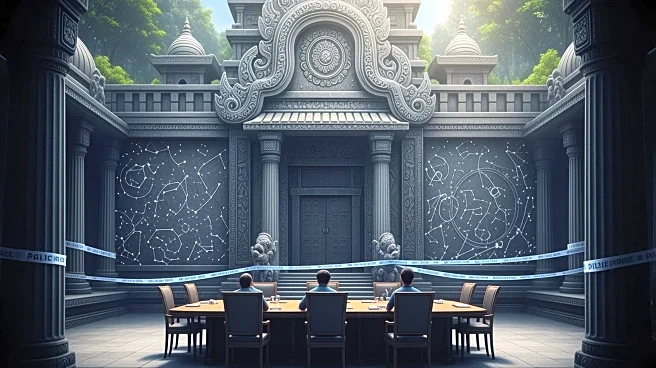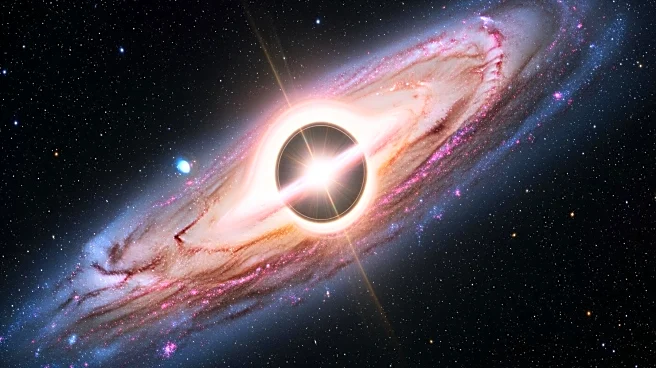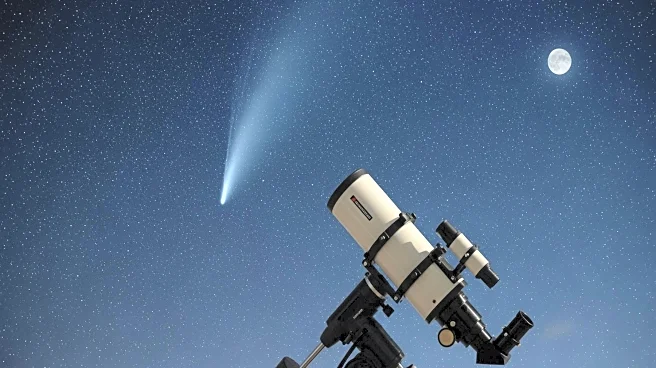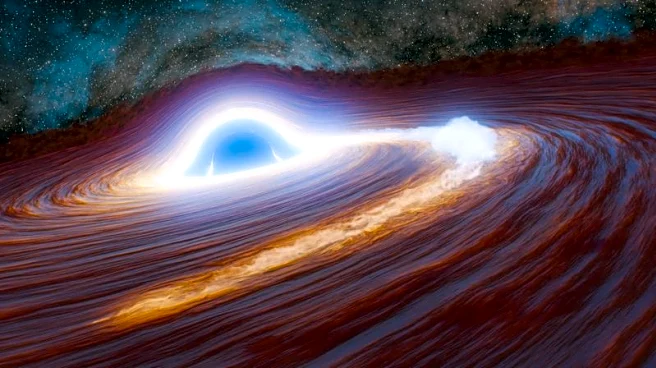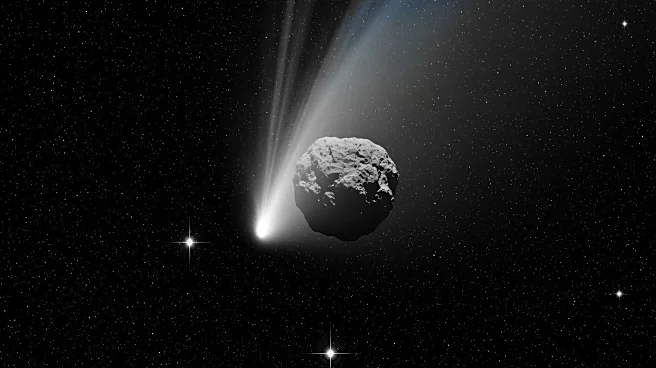What's Happening?
Researchers have discovered a 3,000-year-old Maya site in southeastern Mexico, known as Aguada Fénix, which is believed to be a cosmogram representing the order of the universe. The site, larger than many
ancient cities in Mesoamerica, features a system of structures including canals, causeways, and a dam that create cross shapes. The cosmogram reflects the ancient people's view of the cosmos, with the movement of the sun tied to its design. The site was likely built collectively, without coercion, and served as a communal activity for ancient people.
Why It's Important?
The discovery of Aguada Fénix provides new insights into the cultural and social dynamics of ancient Maya civilization. The site's design suggests a sophisticated understanding of astronomy and cosmology, highlighting the importance of celestial events in Maya culture. The collective construction of the site challenges previous notions of social hierarchy, suggesting a more communal approach to monumental architecture. This find contributes to a broader understanding of ancient Mesoamerican societies and their relationship with the cosmos.
What's Next?
Further research at Aguada Fénix may uncover additional details about the site's construction and cultural significance. The use of lidar technology in archaeology could lead to more discoveries in the region, revealing new aspects of ancient Maya civilization. The findings may inspire similar studies in other Mesoamerican sites, potentially uncovering new information about the cultural and astronomical practices of ancient societies.
Beyond the Headlines
The discovery raises questions about the role of astronomy and cosmology in ancient societies, highlighting the cultural significance of celestial events. It also prompts discussions about the ethical considerations of interpreting and preserving ancient sites, as well as the impact of modern technology on archaeological research.



